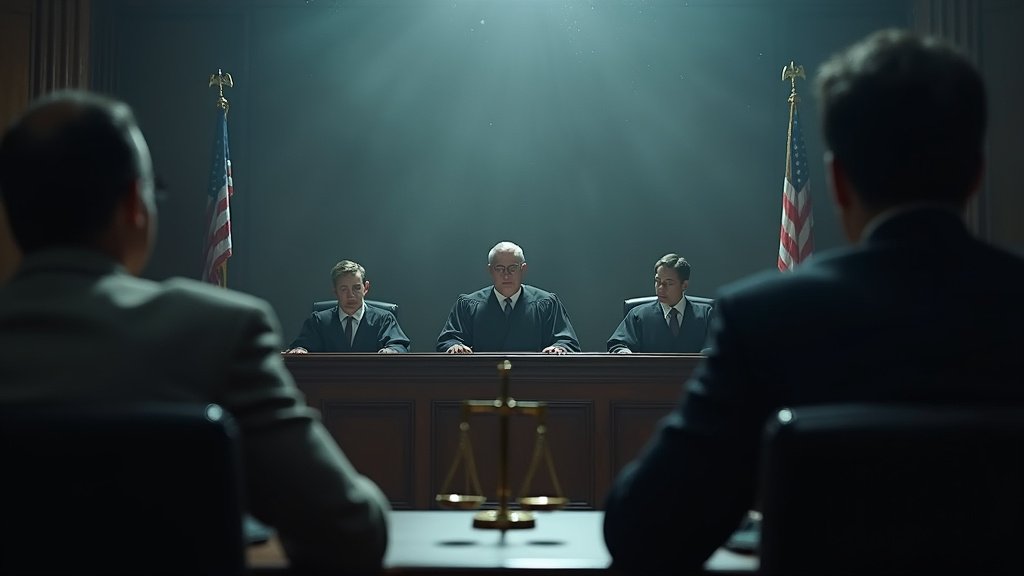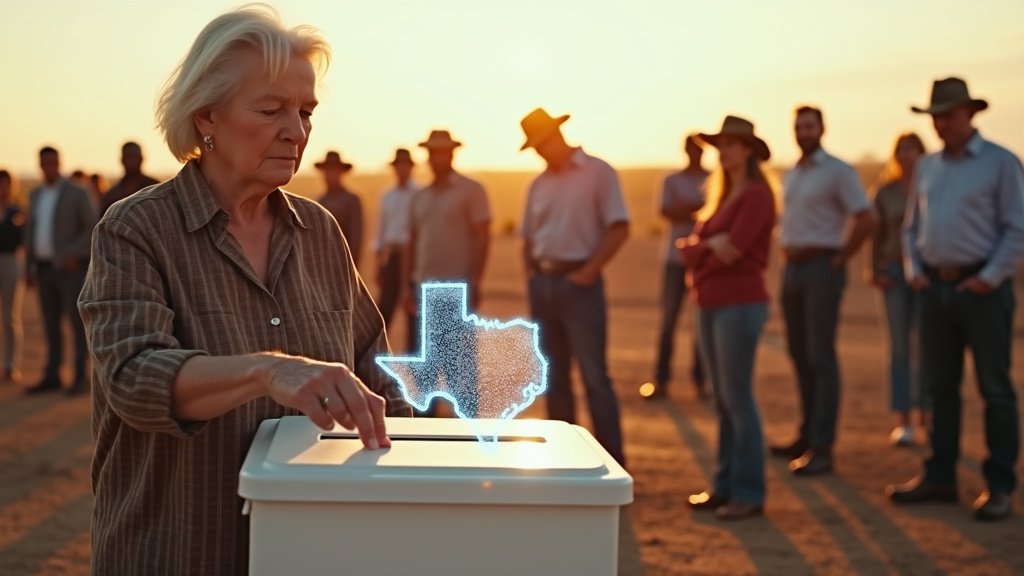In a critical legal battle shaping the future of political representation in Texas, a three-judge federal panel in El Paso is meticulously examining the state’s controversial new congressional redistricting map. The hearings, now in their second week, center on allegations that the map, drawn to secure a Republican advantage, intentionally diminishes the voting power of minority communities, potentially violating federal civil rights laws. This case is among the most closely watched news developments in the state, with implications for the balance of power in the U.S. House of Representatives.
The Courtroom as a Battleground
A panel comprising U.S. District Court Judge David C. Guaderrama (a Barack Obama appointee), Fifth Circuit Judge Jerry E. Smith (a Ronald Reagan appointee), and U.S. District Court Judge Jeffery V. Brown (a Donald Trump appointee) is presiding over the proceedings. On one side stand a coalition of plaintiffs, including prominent civil rights organizations like the NAACP, LULAC, and the Elias Law Group, alongside individual Texas voters. They contend that the recently enacted congressional map is an unconstitutional racial gerrymander, designed to disenfranchise Black and Latino Texans and prevent them from electing candidates of their choice.
Conversely, the State of Texas, represented by the Attorney General’s office, argues that the map was drawn with purely partisan goals in mind. This distinction is crucial, as while racial gerrymandering is illegal, the U.S. Supreme Court has previously ruled that partisan gerrymandering is permissible.
Allegations of Intentional Dilution and Racial Motivation
The plaintiffs’ core argument hinges on the accusation that state lawmakers intentionally “cracked” and “packed” minority communities. This strategy involves dividing minority voters across multiple districts where they are outnumbered (cracking) or concentrating them into a single district, thereby wasting their voting strength in surrounding areas (packing). Specifically, they point to the dismantling of several majority-minority districts, particularly in areas like Houston, Dallas-Fort Worth, and South Texas, as evidence of this intent. Democratic State Rep. Joe Moody of El Paso testified that while partisan goals were evident, “how you get there matters,” asserting that the path taken depressed the ability of Black and Hispanic voters to elect their preferred candidates.
Central to the plaintiffs’ case is a letter sent in July 2025 by the U.S. Department of Justice (DOJ), authored by Assistant Attorney General Harmeet Dhillon. The letter raised constitutional concerns about four existing “coalition districts”—areas where multiple minority groups collectively form a majority—stating they were drawn in ways that impermissibly accounted for race. Governor Greg Abbott cited this DOJ letter as justification for calling a special legislative session to redraw the map. However, the state has since shifted its defense, with its attorneys arguing in court filings that the DOJ’s concerns were a “mistake” and that race played no role in the map’s creation. This apparent contradiction has fueled plaintiffs’ claims that state officials potentially provided false testimony regarding the map-drawing process.
The Political Context and Shifting Defenses
The push for this mid-decade redistricting is unusual. Traditionally, redistricting occurs only after the U.S. Census, a process that Texas completed in 2021. However, prompted by pressure from then-President Donald Trump, who sought to increase the Republican Party’s congressional delegation from Texas, Governor Abbott convened a special session. The state gained two congressional seats after the 2020 Census due to significant population growth, primarily from communities of color. The new map is designed to help Republicans capture as many as five additional seats, a move critics argue comes at the direct expense of minority representation.
Texas’s defense has evolved: initially citing the DOJ’s letter as a reason for redraw, the state now emphasizes that the map was crafted solely for partisan gain, a legally protected motive. This pivot seeks to sidestep claims of racial gerrymandering, which is prohibited under the Voting Rights Act and the Fourteenth and Fifteenth Amendments. However, plaintiffs argue that the state’s own officials and mapmakers have made statements and used racial data that contradict their “race-blind” claims, making the DOJ letter a critical piece of evidence.
Stakes and Future Implications
The outcome of this trial is trending nationally, as it could significantly impact the control of the U.S. House of Representatives in the 2026 midterm elections. If the court upholds the new map, it would solidify Republican gains and potentially entrench partisan advantage for the decade. Conversely, if the plaintiffs prevail, the court could block the new map, forcing Texas to revert to its 2021 congressional districts or implement new, court-drawn boundaries.
The hearings are expected to continue for several more days, with more lawmakers and officials potentially testifying. The federal judges face a tight deadline, as candidate filing periods for the 2026 elections are approaching. The decision rendered by this featured court case will not only determine the political landscape of Texas for years to come but also reaffirm the ongoing struggle for equitable voting rights in the United States.






